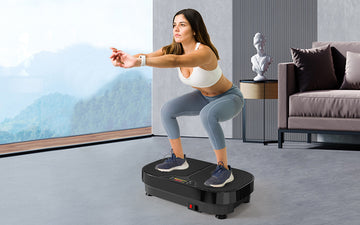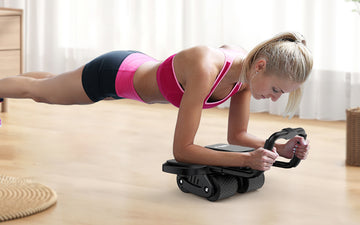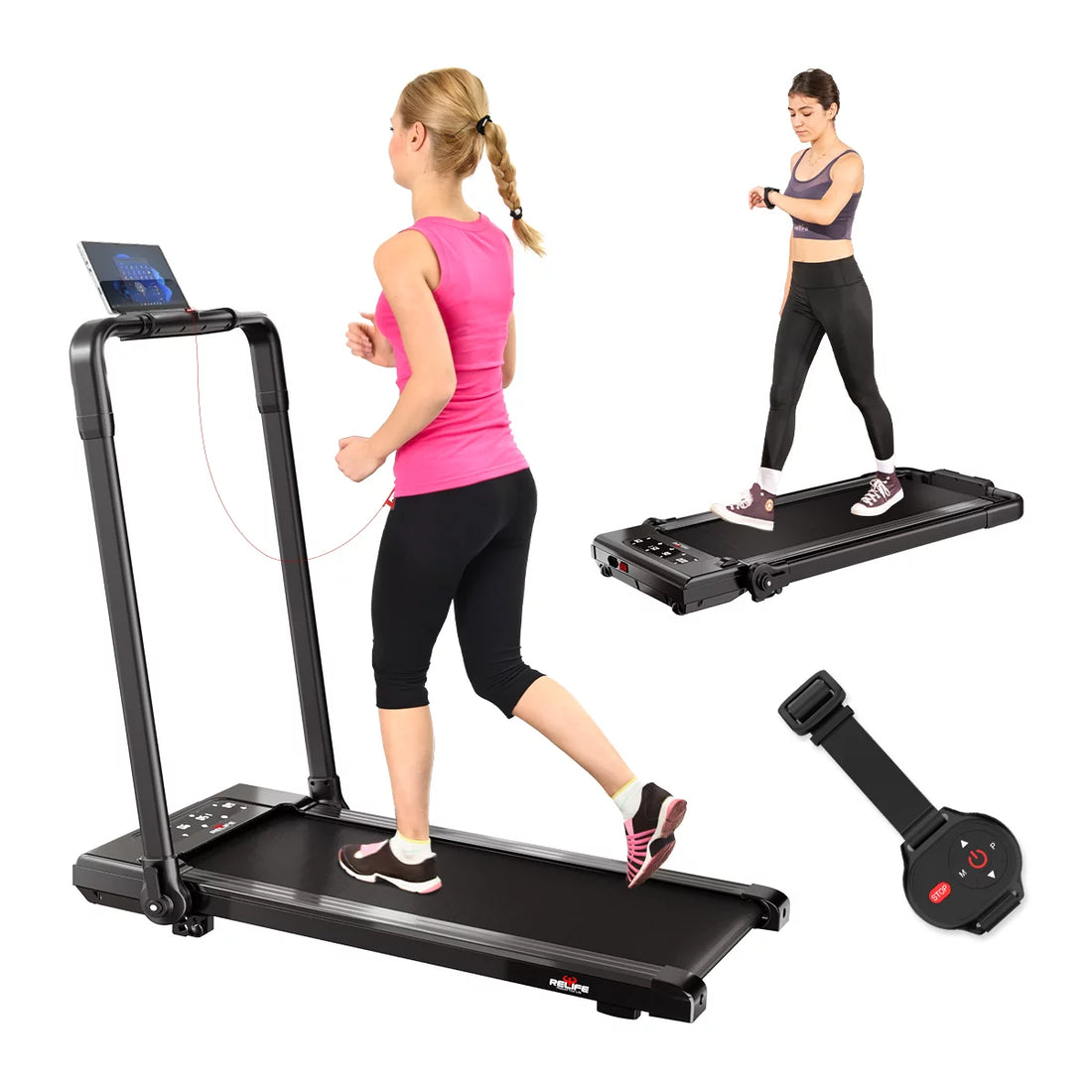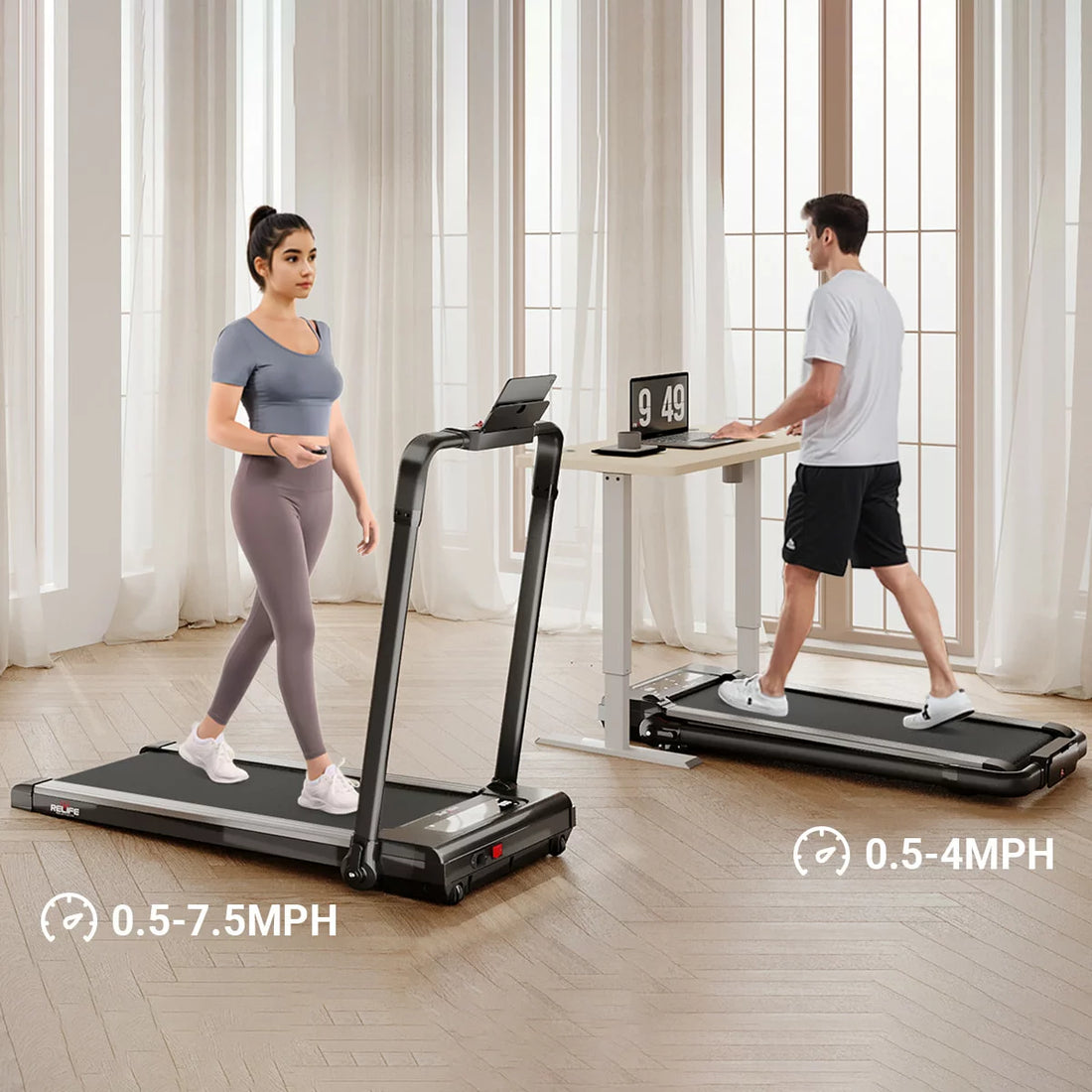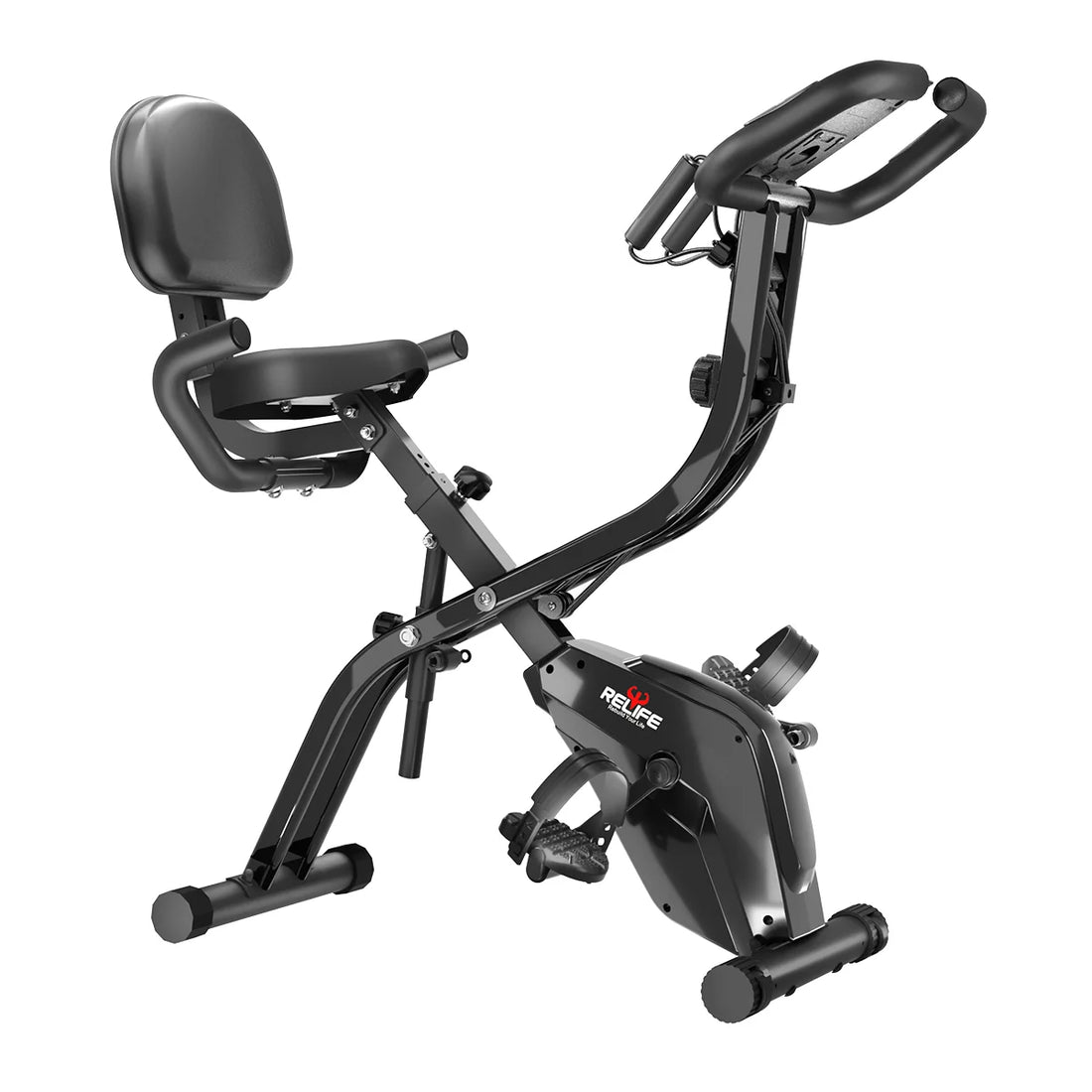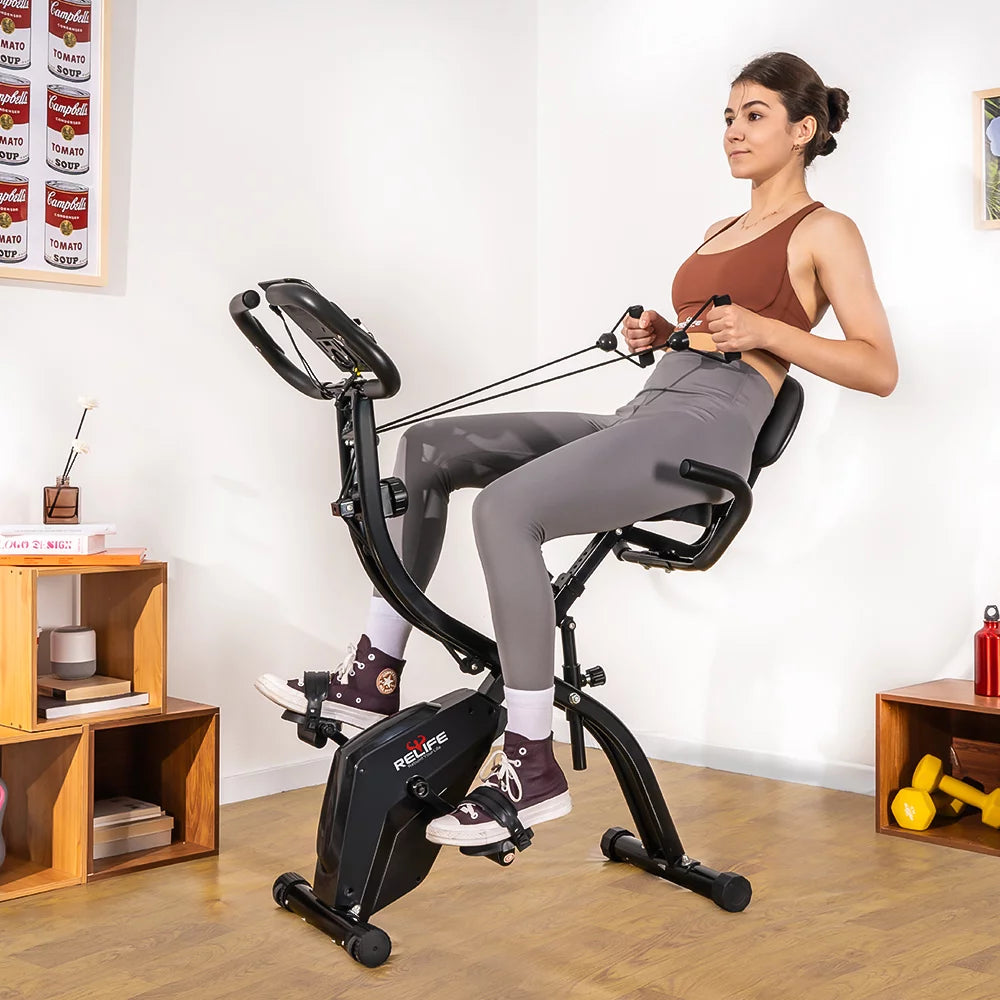Building strength and muscle does not require lifting weights, but when your muscles are in a state of tension, your body’s strength will also increase. You don’t need dumbbells or other weight-lifting exercises to build strength and muscle. First, you must determine your fitness goals and know exactly what you want. Resistance band workouts can also challenge your muscles in different ways.
You may have purchased resistance bands before to enhance physical exercise or strengthen muscles. You may have also used them. You may also exercise according to some of the exercises in the video. However, you may also use barbells when you perform resistance band workouts, dumbbells and other weights are available, so you don’t fully appreciate the benefits a resistance band workout brings to your body.
In fact, in this process, you miss a lot of benefits brought by resistance band workouts. The advantages of resistance bands go beyond affordability and storability, making them a great companion for both home gyms and on-the-go workouts. Resistance bands are also very versatile, if you have any leg workouts, chest workouts, or arm workouts you can use resistance band exercises. Resistance bands workout can be incorporated into your warm-up, finish, or as your main strength training routine to improve your movement patterns and achieve your fitness goals.
While resistance band workouts are often used as an injury recovery exercise, resistance bands are ideal for a complete, full-body workout. A resistance band workout is a great way to strengthen your body without causing additional stress. Next, Relife Sports takes you to learn more about why resistance band workouts are so amazing and 12 types of resistance band workouts that benefit your entire body.
Resistance Band Workout: Why Should You Do It?
Resistance bands are a common piece of fitness equipment, so why are they worth adding to your daily workout? Resistance band workouts are highly beneficial for several reasons:
Versatility
Resistance bands are versatile and can be used for a wide variety of exercises targeting different muscle groups. This makes them ideal for a full-body workout.
Portability
Resistance bands are lightweight and portable, making them convenient for home workouts, travel, or outdoor exercise sessions.
Suitable for All Fitness Levels
Whether you are a beginner or an experienced athlete, resistance bands can be adjusted to suit your fitness level by simply changing the band’s tension or resistance.
Joint-Friendly
Resistance bands provide a form of resistance that is gentle on the joints, making them suitable for individuals with joint issues or those recovering from injuries.
Enhanced Muscle Engagement
Using resistance bands during exercises can help activate and engage stabilizing muscles that may not be effectively targeted with traditional weight training.
Improved Strength and Muscle Tone
Regular resistance band workouts can help increase muscle strength, improve muscle tone, and enhance overall body composition.
Cost-Effective
Resistance bands are relatively inexpensive compared to other workout equipment, making them a cost-effective option for individuals looking to build strength and stay fit.
Overall, incorporating resistance bands into your workout routine can help you achieve various fitness goals, improve your overall strength, and add variety to your training regimen. If you want to work out at home, try the RELIFE foldable exercise bike. This exercise bike can be used with resistance bands and has three fitness modes, which can perfectly help you achieve your fitness goals.
Resistance Band Exercises for Upper Body Strength
Using resistance bands allows for versatile exercises that can also build upper body strength without having to rely on other fitness equipment. If you’re at home, here are some resistance band exercises you can do.
1.Single arm bicep curl
Incorporating single-arm bicep curls with a resistance band into your workout routine can help isolate and strengthen the bicep muscles effectively.
How to Do
1. Stand on the middle of the resistance band with one foot and hold the other end of the band with the hand on the same side.
2. Keep your back straight, core engaged, and shoulder blades pulled back.
3. Start with your arm fully extended down, palm facing forward.
4. Slowly curl your hand towards your shoulder, keeping your elbow close to your side.
5. Squeeze your bicep at the top of the movement.
6. Slowly lower your hand back to the starting position in a controlled manner.
7. Aim for 10-15 repetitions on each arm to effectively target and strengthen your biceps.

2. Lying chest press
Including the lying chest press with a resistance band in your workout routine can help strengthen and tone your chest muscles, providing an effective alternative to traditional chest press exercises using weights.
How to Do
1. Secure the resistance band around a sturdy object, such as a pole or railing, at chest height.
2. Lie on your back on the floor or on a bench facing away from the anchor point.
3. Grab each end of the resistance band with your hands, palms facing forward, and elbows bent at 90 degrees.
4. Extend your arms straight up towards the ceiling, keeping a slight bend in your elbows.
5. Engage your chest muscles and push the bands away from your body until your arms are fully extended.
6. Keep your core tight and maintain control throughout the movement.
7. Slowly bring your arms back to the starting position, resisting the tension of the band.
8. Aim for 10-15 repetitions to target your chest muscles effectively.

3. Overhead shoulder press
Including overhead shoulder presses with a resistance band in your workout routine can help strengthen your shoulder muscles and improve shoulder stability. It is a versatile exercise that can be done virtually anywhere with a resistance band, making it a convenient option for building upper body strength.
How to Do
1. Stand on the middle of the resistance band with both feet, ensuring there is enough tension in the band when your arms are extended overhead.
2. Hold the ends of the resistance band with each hand at shoulder height, palms facing forward.
3. Keep your core engaged, back straight, and feet shoulder-width apart.
4. Press the bands overhead by extending your arms fully, keeping your palms facing away from you.
5. Engage your shoulder muscles as you push the bands upward.
6. Pause briefly at the top of the movement with your arms fully extended.
7. Slowly lower the bands back to shoulder height in a controlled manner.
8. Aim for 10-15 repetitions to target your shoulder muscles effectively.

4. Single arm triceps extension
Incorporating single-arm triceps extensions with a resistance band into your workout routine can help strengthen and tone your triceps effectively. Focus on performing the exercise with controlled movements and proper technique to maximize its benefits and reduce the risk of injury.
How to Do
1. Secure the resistance band to a sturdy anchor point above shoulder height.
2. Grab one end of the resistance band with one hand and stand with your side to the anchor point.
3. Position your arm so that your elbow is bent at 90 degrees and close to your head.
4. Keep your core engaged and back straight throughout the exercise.
5. Extend your arm fully, straightening your elbow and pushing your hand down towards the floor.
6. Focus on contracting your triceps as you extend your arm.
7. Hold the fully extended position for a moment to maximize muscle engagement.
8. Slowly return to the starting position by bending your elbow back to 90 degrees in a controlled manner.
9. Aim for 10-15 repetitions on each arm to target and strengthen your triceps effectively.
5. Bent over row
Incorporating bent-over rows with a resistance band into your workout routine can help strengthen your back muscles and improve overall upper-body strength.
How to Do
1. Stand with your feet shoulder-width apart, facing the anchor point.
2. Hold the ends of the resistance band in each hand, palms facing each other, and step back to create tension in the band.
3. Hinge at your hips and bend your knees slightly to lean forward, maintaining a straight back.
4. Keep your core engaged and maintain a neutral spine throughout the exercise.
5. Pull the bands towards your waist by bending your elbows and squeezing your shoulder blades together.
6. Focus on engaging your back muscles as you pull the bands.
7. Hold the fully contracted position for a moment to maximize muscle engagement.
8. Slowly release the bands back to the starting position, keeping the movement controlled.
9. Aim for 10-15 repetitions to effectively target your back muscles.

6. Lateral shoulder raise
Incorporating lateral shoulder raises with a resistance band into your workout routine can help strengthen your shoulder muscles, particularly the lateral deltoids. It’s a great exercise for targeting the side of the shoulders and improving shoulder stability.
How to Do
1. Begin by standing in the middle of the resistance band with both feet, ensuring there is enough tension in the band when your arms are at your sides.
2. Hold one end of the resistance band in each hand, with your palms facing your body.
3. Keep a slight bend in your elbows throughout the exercise.
4. Keeping your core engaged and back straight, lift both arms out to the sides until they are parallel to the floor.
5. Focus on using your shoulder muscles to raise your arms, rather than momentum.
6. Keep your wrists straight and maintain a controlled movement.
7. Squeeze your shoulder muscles at the top of the movement for maximum contraction.
8. Lower your arms back down slowly to the starting position.
9. Aim for 10-15 repetitions to target your shoulder muscles effectively.

7. Chest fly
Incorporating chest flies with a resistance band into your workout routine can help strengthen and tone your chest muscles. Focus on using proper form, controlling the movement, and feeling the muscle contraction to get the most out of this exercise.
How to Do
1. Anchor the resistance band at chest height or slightly below on a sturdy object.
2. Stand facing away from the anchor point and hold one end of the resistance band in each hand.
3. Step forward to create tension in the band, with your arms extended out to the sides at shoulder height.
4. Slowly bring your hands together in front of your chest, hugging the band as if you were wrapping your arms around a tree.
5. Focus on squeezing your chest muscles as you bring your hands together.
6. Hold the peak contraction for a moment to maximize muscle engagement.
7. Slowly return to the starting position, keeping control over the movement.
8. Aim for 10-15 repetitions to effectively target your chest muscles.
Resistance Band Exercises for Lower Body Strength
Resistance bands are a great tool for lower body strength training as they provide constant tension throughout the movement, helping to build muscle and improve stability. A stair stepper machine with resistance bands is a good fitness equipment with high fitness efficiency, allowing you to embrace a better self.
1. Front squat
Front squats are a fantastic lower body exercise that primarily targets the quadriceps, hamstrings, glutes, and core muscles. By incorporating resistance bands into your front squats, you can increase the challenge on your muscles and enhance strength gains.
How to Do
1. Step on the middle of the resistance band with both feet, positioning your feet about shoulder-width apart.
2. Grab each end of the resistance band and bring them up to shoulder height, crossing the bands in front of you to create an “X” shape.
3. Keeping your chest up and core engaged, lower your body into a squat position by pushing your hips back and bending your knees.
4. Lower yourself until your thighs are parallel to the ground or slightly below, ensuring your knees stay in line with your toes.
5. Drive through your heels to return to the starting position, fully extending your hips and knees.

2. Leg extension
Leg extensions are a great isolation exercise that primarily targets the quadriceps. While leg extensions are typically performed on a machine at the gym, you can still replicate this movement using resistance bands.
How to Do
1. Start with your knees bent at a 90-degree angle, with your feet flexed.
2. Slowly extend one leg outward, straightening the knee until your leg is parallel to the ground or slightly higher.
3. Hold the position briefly at the top, squeezing your quadriceps.
4. Slowly return to the starting position with control, maintaining tension on the resistance band.
3. Glute bridge
Using a resistance band can add extra challenge and help activate the muscles even more effectively.
How to Do
1. Lie on your back on a mat with your knees bent and feet flat on the floor.
2. Engage your core and drive through your heels to lift your hips off the ground while squeezing your glutes at the top.
3. Keep your knees in line with your toes and push against the resistance of the band to engage the outer glutes.
4. Hold the bridge position for a moment at the top, focusing on squeezing your glutes.
5. Lower your hips back down to the starting position with control.

4. Standing glute kickbacks
Standing glute kickbacks are a great exercise for targeting the glutes, specifically the gluteus maximus and gluteus medius. Adding a resistance band to this exercise can further engage the muscles and increase the challenge.
How to Do
1. Place the resistance band around both ankles.
2. Stand up straight with your feet hip-width apart and your arms relaxed at your sides.
3. Shift your weight to one leg and engage your core for stability.
4. Keeping your knee slightly bent, slowly lift the opposite leg straight back behind you.
5. Squeeze your glutes at the top of the movement to maximize muscle engagement.
6. Lower your leg back down with control to the starting position.
5. Split squat
Using a resistance band with split squats can further engage the muscles and add variety to your workout.
How to Do
1. Place the resistance band under the arch of your back foot and hold the ends of the band in each hand.
2. Stand in a staggered stance with one foot forward and the other foot positioned behind you on the ball of the foot.
3. Engage your core and maintain an upright torso as you lower your back knee toward the ground, bending both knees.
4. Keep your front knee aligned with your ankle and avoid letting it extend past your toes.
5. Press through the heel of your front foot to return to the starting position, fully extending your front leg.
6. Maintain tension on the resistance band throughout the movement to engage your upper body muscles as well.
Use Resistance Bands to Your Advantage
Resistance bands are versatile and convenient tools that can be used to enhance a wide variety of exercises, providing resistance to strengthen muscles and improve overall fitness. Resistance bands provide a low-impact way to gradually build strength and flexibility while reducing the risk of overloading joints. By incorporating resistance bands into your workout routine, you can effectively target different muscle groups, improve strength and flexibility, and add variety to your workouts. Experiment with different band tensions and exercise variations to challenge your muscles and achieve your fitness goals.

